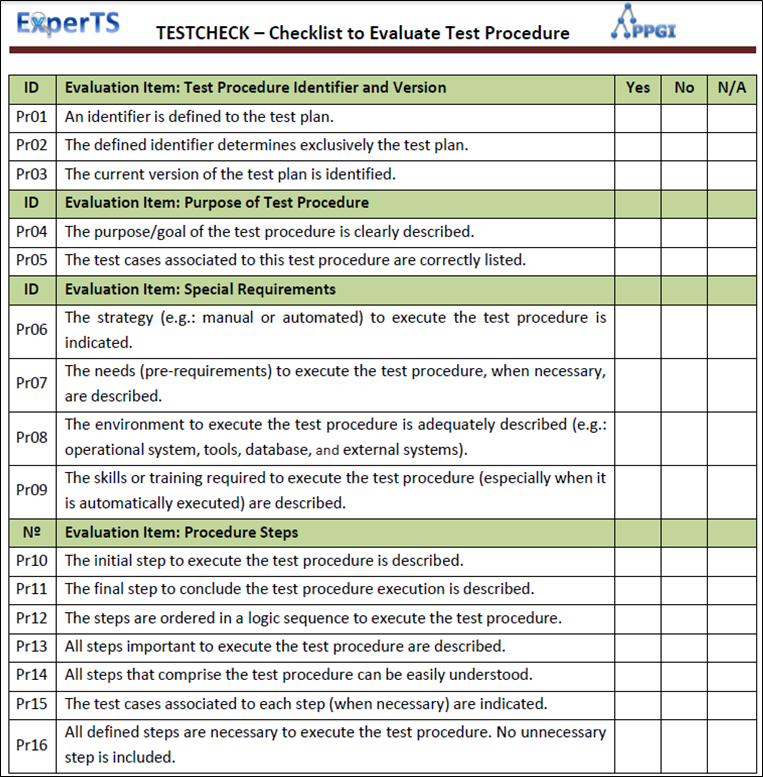
In this adult population research, about 87% of PASC participants were between the ages of 31 and 65, comparable with the age distribution reported in prior studies. The study results demonstrated that there were 87% female participants, higher than earlier studies with 68-75% female patients with PASC. The researchers examined 53 distinct symptoms over eight different symptom areas to analyze PASC heterogeneity. Additional analyses contrasting non-hospitalized and hospitalized individuals were conducted on test-confirmed COVID-19 patients. Both subjects who tested positive for SARS-CoV-2, i.e., test-confirmed, and those diagnosed with COVID-19 based only on clinical symptoms, i.e., test-unconfirmed, were included in the study. The team performed a global online survey of 2,314 PASC adult patients employing various validated questionnaires, including the composite autonomic symptom score-31 (COMPASS-31), to assess for autonomic dysfunction.

The authors also evaluated symptom burden in PASC using well-validated questionnaires, which pre-existing comorbidities were linked to a heightened likelihood of autonomic dysfunction, and if the acute COVID-19 severity was correlated with the severity of autonomic dysfunction in this group. The primary purpose of the present study was to determine the incidence and severity of autonomic manifestations in patients with PASC. Furthermore, while online surveys of PASC patients exist, none have explicitly assessed autonomic symptom load in conjunction with other aspects of the condition. An autonomic nervous system illness, postural orthostatic tachycardia syndrome (POTS), strongly connected with a prior viral infection, is the most prevalent autonomic diagnosis correlated with PASC. Although autonomic dysfunction is a common consequence of long COVID, the PASC frequency and severity rates remain unclear. PASC can manifest as a wide range of symptoms, many exhibiting autonomic characteristics. Even though PASC is not widely described, it is most commonly defined as COVID-19 symptoms that continue longer than 30 days. While the global spread of severe acute respiratory syndrome coronavirus 2 (SARS-CoV-2) infections has slowed, many people suffer long-lasting symptoms, a condition known as post-acute sequelae of COVID 2019 (COVID-19) (PASC), or long COVID.

Image Credit: Rolling Stones / Shutterstock Background Study: Characterization of Autonomic Symptom Burden in Long COVID: A Global Survey of 2,314 Adults. In a recent study posted to the medRxiv* preprint server, researchers analyzed the traits of autonomic symptom burden in long coronavirus disease (COVID). Our neurologists are happy to work with your provider to ensure you get the care and support you need.By Shanet Susan Alex Reviewed by Danielle Ellis, B.Sc. Some patients might continue to receive care from the neurologist in the short-term, but the goal is to help your primary care provider manage and coordinate your care long-term. Our specialists will provide your primary care physician with a detailed summary of your test results, as well as treatment recommendations.
#POTS SYMPTOMS CHECKLIST HOW TO#
We know what tests to order and how to interpret the results. Our neurologists at University of Utah Health offer a comprehensive evaluation for people with suspected autonomic nervous system dysfunction. As a result, you may need to see a multidisciplinary team of providers to fully evaluate your symptoms and help exclude any non-neurological problems.įor example, you might see a cardiologist for low blood pressure issues or your may see a urologist to understand your bladder problems. If, based on the nature of your symptoms, we detect an autonomic nervous system problem, you may also benefit from an evaluation by a neurologist with training in this area of medicine. Autonomic nervous system dysfunction is sometimes challenging to diagnose because it can cause many different types of symptoms that also occur with other conditions.


 0 kommentar(er)
0 kommentar(er)
